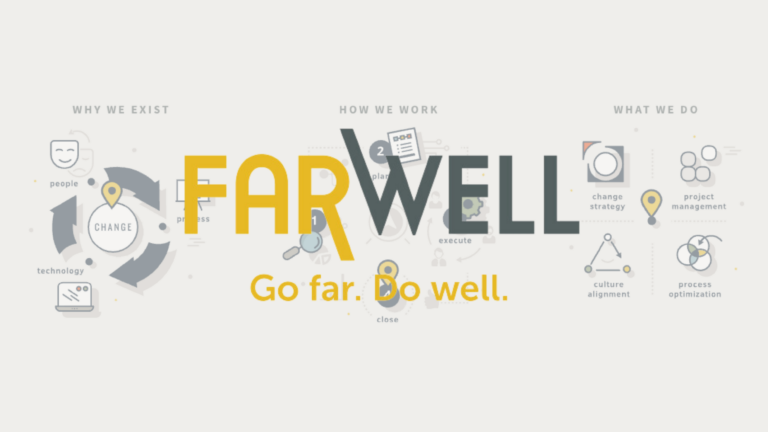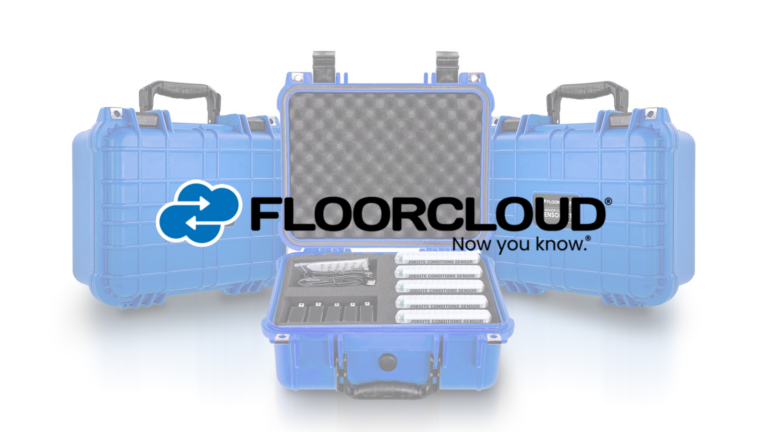Done right, a board meeting is a building block for your business, where your senior leadership and outside advisors help you crack the tough nuts you’re facing. Done wrong, board meetings are boring, and the nuts stay shelled — and it’s your business that goes hungry.
Don’t waste the opportunity. Your business needs you to run an effective meeting, and set the foundation for a crackerjack next quarter. And that means preparation; you can count on a weak quarter from a company whose Board meeting feels slapdash. By ensuring that all attendees are fully prepared, you can keep the meeting itself lively and boost engagement on key follow ups. Here’s how to do it.
Before the meeting
You talk to your senior leadership team every day, but you likely don’t speak to the Board as often. Two weeks before your meeting, touch base with all members of the Board, especially if you haven’t communicated with them recently. It’s easy for the focus of an outside adviser to shift — especially if she sits on several Boards. Plan on half-hour phone calls with each, to ensure you and your priorities are top of their mind.
The best use for this type of call is a mini version of the meeting itself: Set the stage for it by walking through the previous period, touching briefly on successes and obstacles, and finish by highlighting the rocks your business must overcome in order to go big in the period ahead. When you schedule this preliminary call, send notes that outline your key points — and enhance it with a personalized greeting.
A week ahead of the meeting, send around two or three presentations that represent the rocks you wish to address in the upcoming period. Need to rethink your advertising strategy? Give the rational and the facts to your Board before the meeting, rather than at it, and prep the questions you want the Board’s help addressing. And remember, these do need to be questions that need resolution, such as “Should we increase hiring bonuses?”, rather than phrases like “hiring bonuses.” The phrase alone won’t spark anything in your Board’s mind.
Harvard Business Review made this point a few years ago, and many people say it has absolutely transformed their meetings. Questions prep a given topic for your audience, so they come prepared to answer, not merely to listen to a problem. They also allow you to keep the discussion narrowly focused and on target. We’re not here to discuss whether bonuses are necessary, or whether they motivate people; we’re here to discuss increasing them. Period.
During the meeting
You’ll have PowerPoint presentations during your meeting, of course. Everyone does. But because you sent them to the Board ahead of time, you don’t need to spend half an hour bringing everyone up to speed and arguing over the details in them. Instead, you can quickly review the presentation before digging into everyone’s response to it — a much better use of this crucial time.
Presentations serve a second vital purpose: They’re an opportunity to bring a variety of voices to the meeting, showcasing top talent and the diversity of your leadership squad. If it’s just you presenting, you run the risk of boring your audience. Let your head of sales talk about sales, your audience development expert detail recent social media experiments, and your marketing guru wax rhapsodic about the latest ad campaign.
Besides, a modern business realizes that time is money, and quarantines have shown that facetime via Zoom or Teams can be as useful as being there in person. You’ll save a bundle if you don’t have to fly your head of sales across the country for an hour or two of his time. Consider narrated slide decks from AirDeck instead of bland PowerPoints, to include the perspective and voice of your senior team without actually bringing them to the party.
To keep your meeting moving at a good clip, it’s imperative not to waste time in the minutiae. Presentations shouldn’t dally on details; the Board doesn’t need a complete run-down of how human resources spent its budget. They need an executive summary, one that flags any misses and underlines any hits, offering talking points for the meeting ahead. Think of it as the summary slide on a presentation. If you prepare your Board right, they’ll be fully present with ideas for you.
After the meeting
When creative juices get flowing, there’s good stuff that doesn’t necessarily “stick to the walls,” so it’s imperative that a secretary takes detailed notes, to ensure you don’t miss out on an off-hand remark that may prove transformative a few months down the road. The secretary should also make a running list of “action items,” using a “WWW” format: who, what, when. Who’s taking on this task, what exactly are the deliverables we anticipate, and when exactly do they think they can finish up? It’s okay if you miss your own deadlines, but every deadline you don’t write down will be missed by default.
Follow up personally with your board members after the meeting, thanking them for their participation, and use the opportunity to detail any WWWs assigned to them during the meeting. A personal note shows that you appreciate not just the Board but its individual members, and will help ensure maximum follow through.
Remember, a good agenda is a tool for you as well. It keeps you on time and ensure that you don’t forget about important points. Ideally, it can set the cadence for your meeting as well, with sections for financial updates, forecasts, recent successes or failures, and so on.















